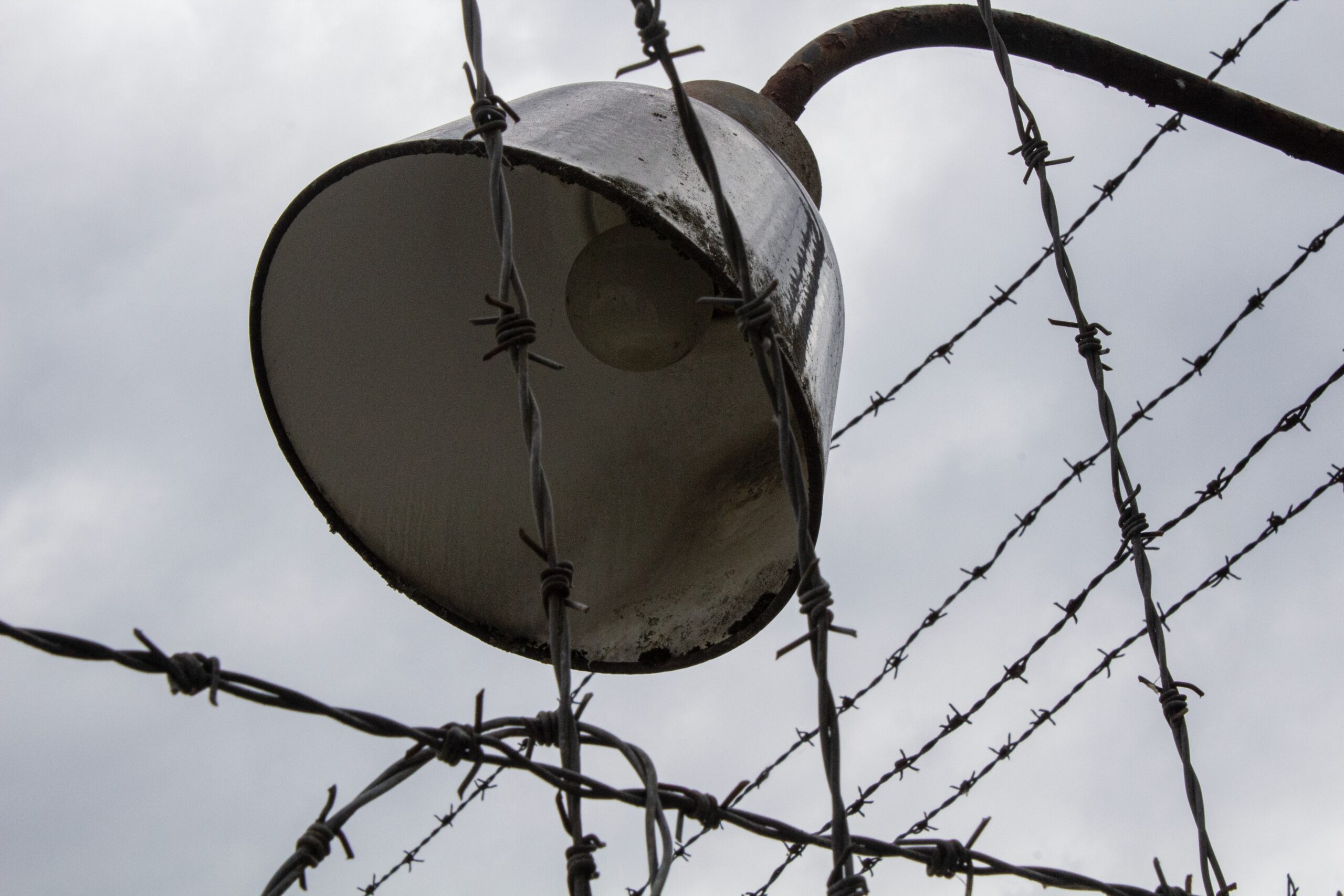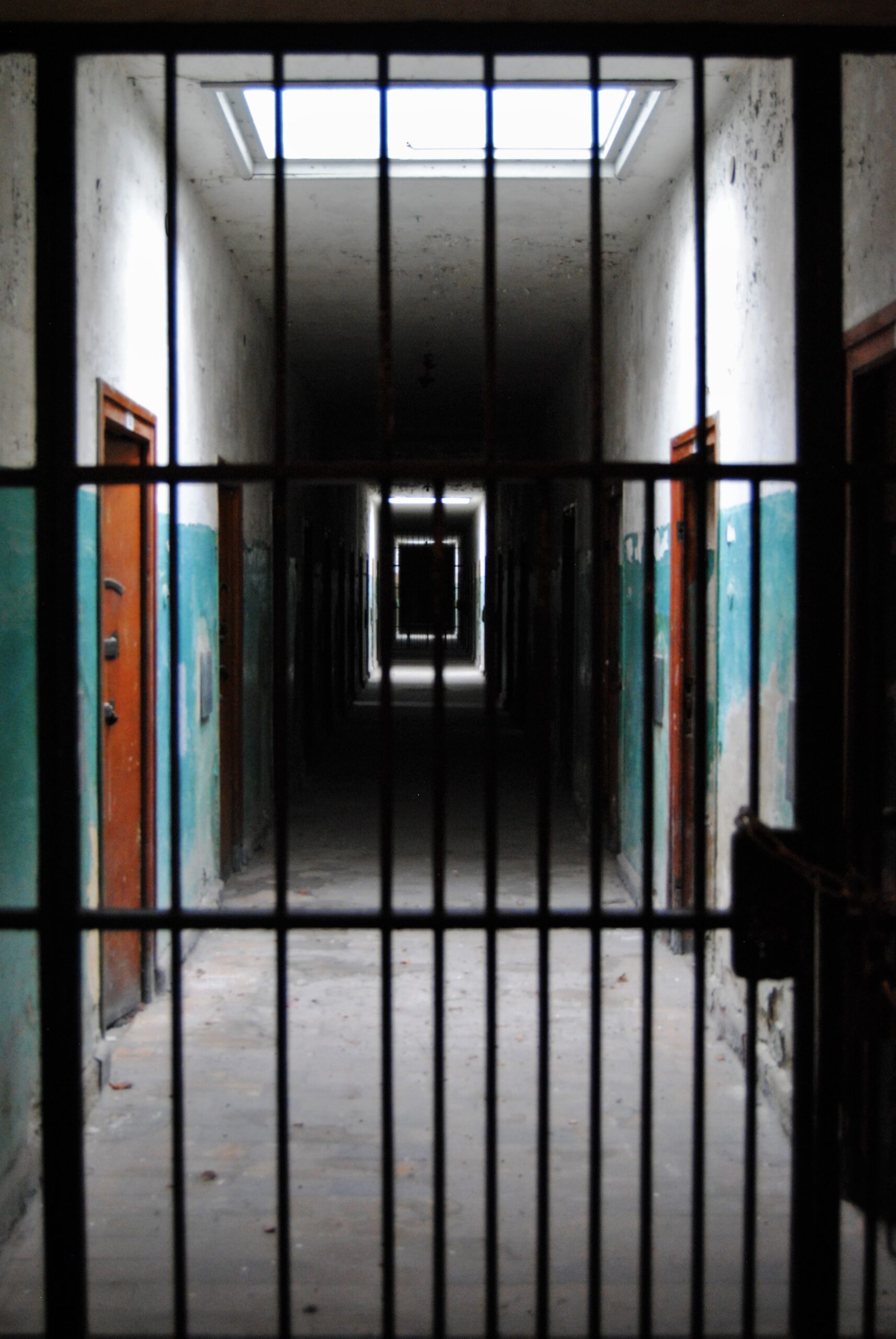What is the editorial team thinking about this month?
Rückblickend haben wir wirklich allen Grund, stolz auf das zu sein, was wir in diesem Jahr erreicht haben. Das Jahr 2025 hat uns wertvolle Erfahrungen, neue Erkenntnisse und ein tieferes Verständnis dafür gebracht, wofür seeFField steht und warum unsere Arbeit wichtig ist.
read article
